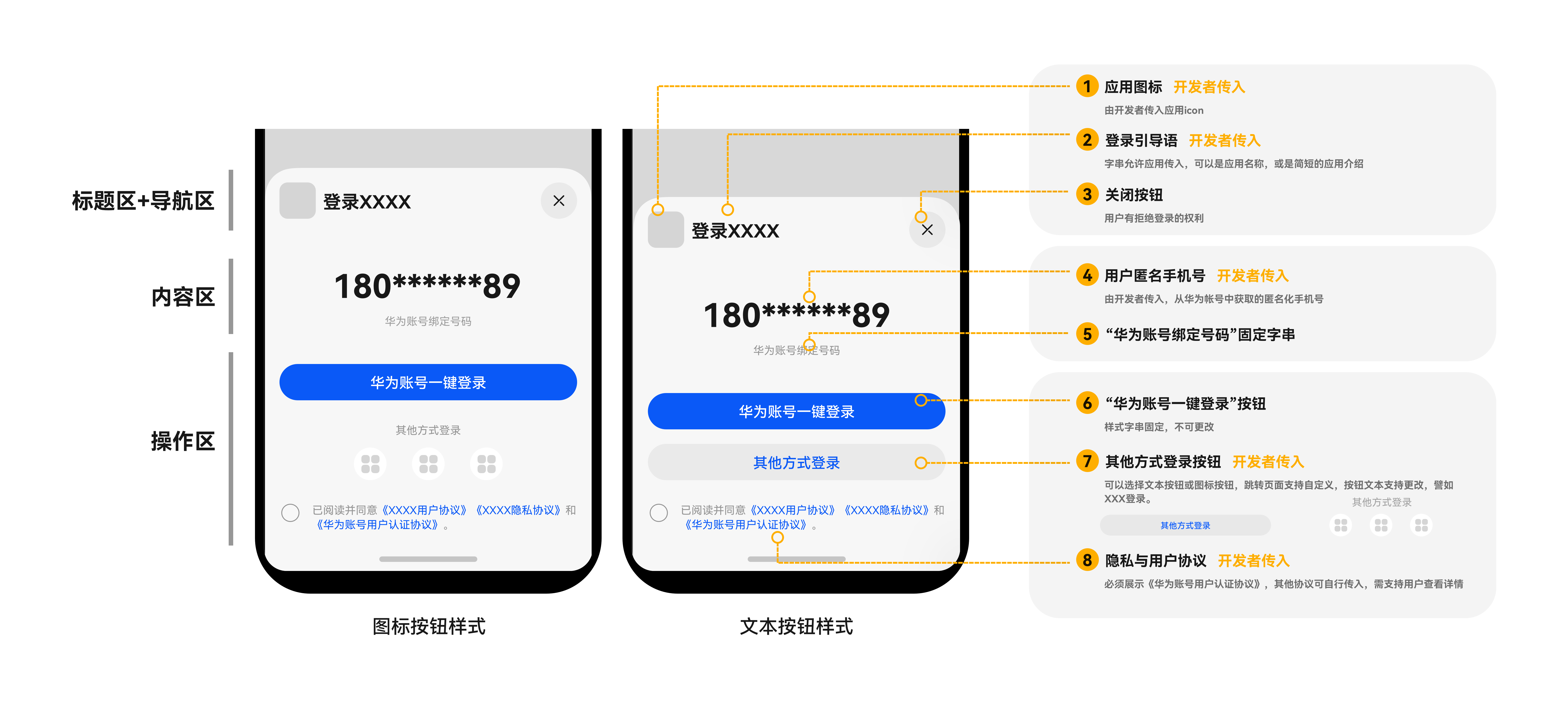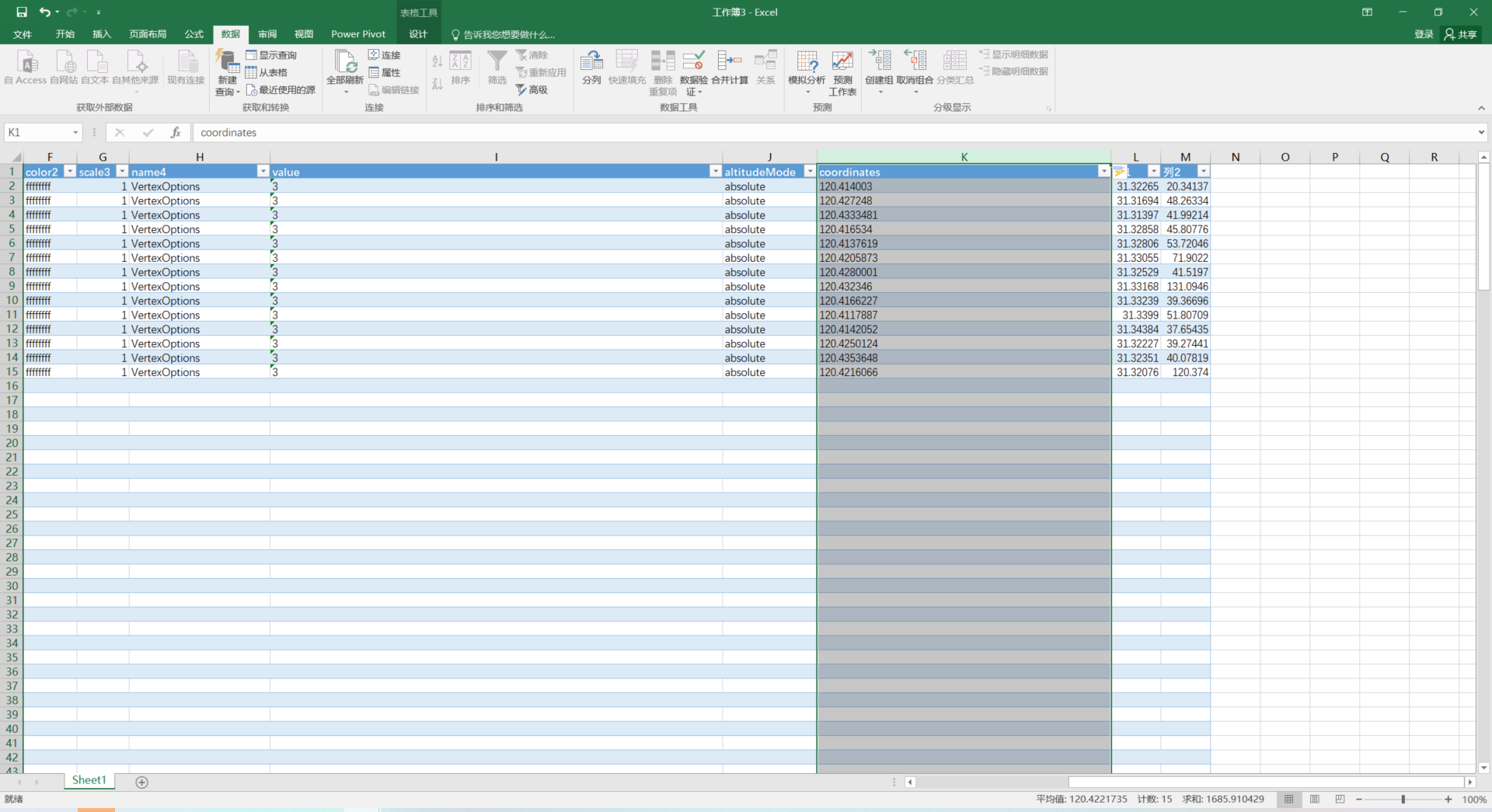现在的情况是,在MySQL中有db1和db2两个数据库。项目使用Hibernate,可同时访问db1和db2,默认数据库为db1。表table2在db2中。且table2的主键名为ids,是自增长字段(Auto Increment)。
table2和ids的定义为:
@Entity
@Table(name = "table2", schema = "db2")
@Cache(usage = CacheConcurrencyStrategy.READ_WRITE)
public class Table2 implements java.io.Serializable {
private static final long serialVersionUID = 48L;
@Id
@Column(name = "ids")
@GeneratedValue(generator = "idGenerator", strategy = GenerationType.IDENTITY)
@GenericGenerator(name = "idGenerator", strategy = "increment")
private Integer ids;当向table2中保存数据时,会报错。原因是生成ids时,系统会查询table2中ids的最大值。语句是:
select max(ids) from table2由于默认数据库是db1,因此查询的是db1.table2表。但table2表实际上在db2中,所以系统找不到该表,从而报错。
这就需要在@GenericGenerator中指定max查询语句的schema。通过检查错误信息,发现对应代码在org.hibernate.id.IncrementGenerator.configure()方法中,如下:
public void configure(Type type, Properties params, Dialect dialect) throws MappingException {
returnClass = type.getReturnedClass();
ObjectNameNormalizer normalizer =
( ObjectNameNormalizer ) params.get( PersistentIdentifierGenerator.IDENTIFIER_NORMALIZER );
String column = params.getProperty( "column" );
if ( column == null ) {
column = params.getProperty( PersistentIdentifierGenerator.PK );
}
column = dialect.quote( normalizer.normalizeIdentifierQuoting( column ) );
String tableList = params.getProperty( "tables" );
if ( tableList == null ) {
tableList = params.getProperty( PersistentIdentifierGenerator.TABLES );
}
String[] tables = StringHelper.split( ", ", tableList );
final String schema = dialect.quote(
normalizer.normalizeIdentifierQuoting(
params.getProperty( PersistentIdentifierGenerator.SCHEMA )
)
);
final String catalog = dialect.quote(
normalizer.normalizeIdentifierQuoting(
params.getProperty( PersistentIdentifierGenerator.CATALOG )
)
);
StringBuilder buf = new StringBuilder();
for ( int i=0; i < tables.length; i++ ) {
final String tableName = dialect.quote( normalizer.normalizeIdentifierQuoting( tables[i] ) );
if ( tables.length > 1 ) {
buf.append( "select max(" ).append( column ).append( ") as mx from " );
}
buf.append( Table.qualify( catalog, schema, tableName ) );
if ( i < tables.length-1 ) {
buf.append( " union " );
}
}
if ( tables.length > 1 ) {
buf.insert( 0, "( " ).append( " ) ids_" );
column = "ids_.mx";
}
sql = "select max(" + column + ") from " + buf.toString();
}在初始化Table2实体类时,该方法就会执行。作用是生成对应数据库的select max语句。
在IncrementGenerator的注释中,有一段话:
Mapping parameters supported, but not usually needed: tables, column. (The tables parameter specified a comma-separated list of table names.)
说明在@GenericGenerator中,可以设置参数。在IncrementGenerator.configure()方法中,可以将这些参数读出来。读取参数的方法为params.getProperty("参数名")。例如:
params.getProperty( "column" )
就是读取column参数的值。对应读取schema的语句为:
final String schema = dialect.quote(
normalizer.normalizeIdentifierQuoting(
params.getProperty( PersistentIdentifierGenerator.SCHEMA )
)
);schema的参数名就是PersistentIdentifierGenerator.SCHEMA,也就是"schema"。其他预置保留参数的值大都在org.hibernate.id.PersistentIdentifierGenerator中定义。如:
public interface PersistentIdentifierGenerator extends IdentifierGenerator {
/**
* The configuration parameter holding the schema name
*/
public static final String SCHEMA = "schema";
/**
* The configuration parameter holding the table name for the
* generated id
*/
public static final String TABLE = "target_table";
/**
* The configuration parameter holding the table names for all
* tables for which the id must be unique
*/
public static final String TABLES = "identity_tables";
/**
* The configuration parameter holding the primary key column
* name of the generated id
*/
public static final String PK = "target_column";
/**
* The configuration parameter holding the catalog name
*/
public static final String CATALOG = "catalog";
/**
* The key under whcih to find the {@link org.hibernate.cfg.ObjectNameNormalizer} in the config param map.
*/
public static final String IDENTIFIER_NORMALIZER = "identifier_normalizer";在@GenericGenerator中设置parameter的方法为:
@Id
@Column(name = "ids")
@GeneratedValue(generator = "idGenerator", strategy = GenerationType.IDENTITY)
@GenericGenerator(name = "idGenerator", strategy = "increment", parameters = @Parameter(name = PersistentIdentifierGenerator.SCHEMA, value = "db2"))
private Integer ids;这样就能在table2前加上正确的schema名称(db2),生成正确的查询语句:
select max(ids) from db2.table2如果有多个参数,可以写为:
@GenericGenerator(name = "idGenerator", strategy = "increment", parameters = {
@Parameter(name = PersistentIdentifierGenerator.SCHEMA, value = "db2"),
@Parameter(name=PersistentIdentifierGenerator.CATALOG, value = "db2")})


















